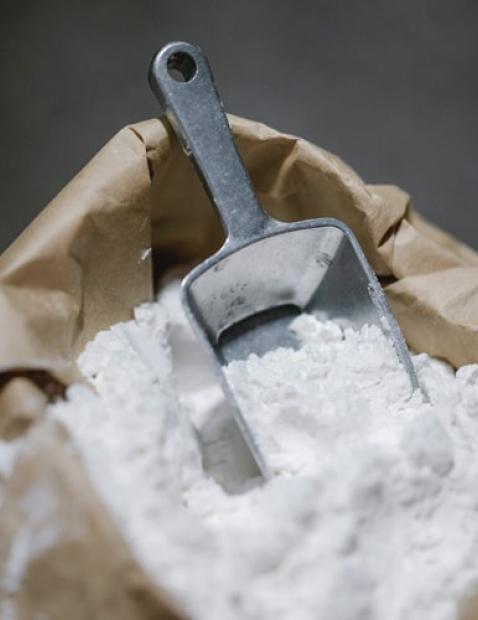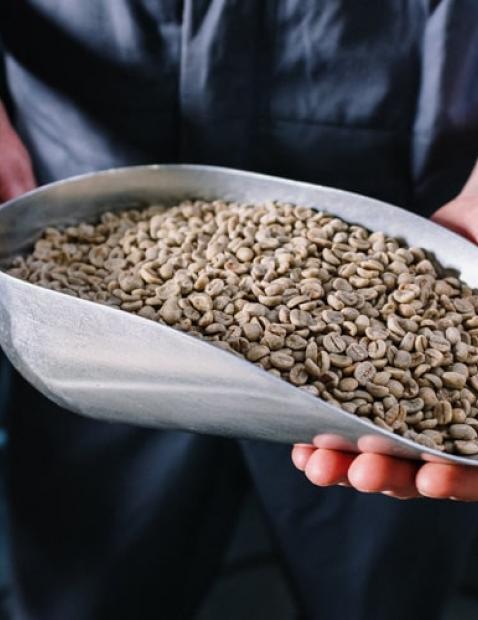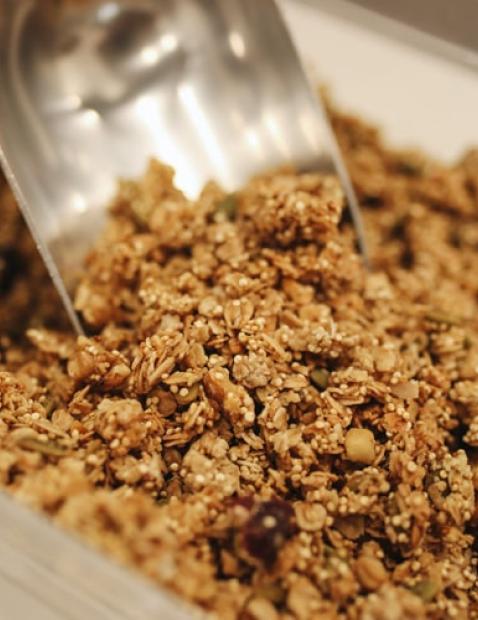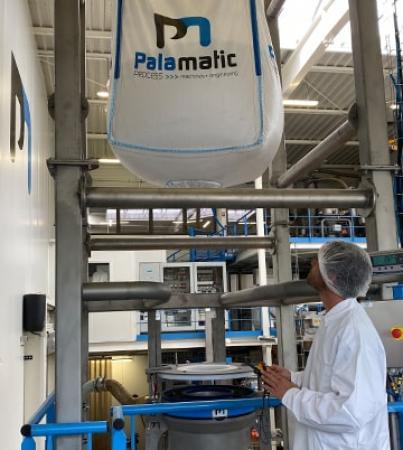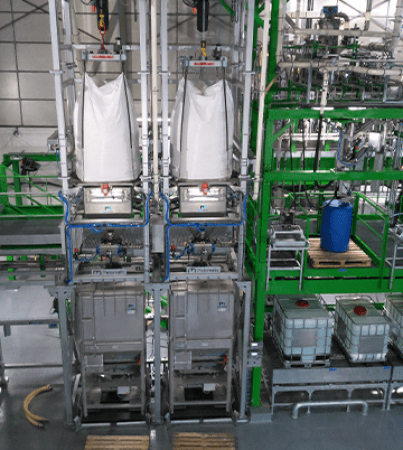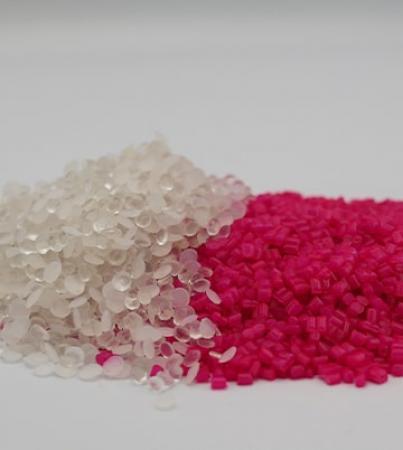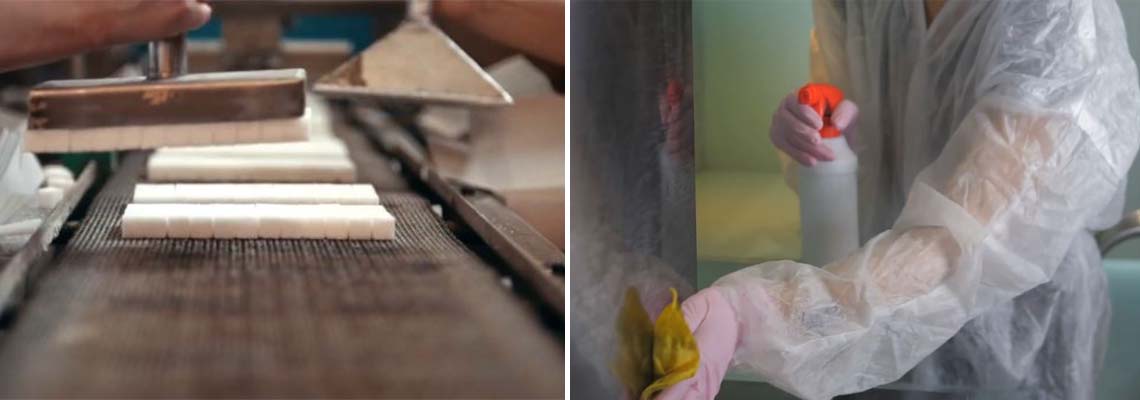
Industrial activities related to sugar production involve several occupational risks. Our expert’s detail all of these risks including: biological, thermal, fire / explosion, dust, machine-related, etc., in this dedicated article.
Here we highlight the importance of implementing preventive measures in sugar factories and refineries.
1. Compliance with health and safety rules
Certain measures, applicable in most agri-food industries, must be put in place to minimize health risks and guarantee hygiene and safety in sugar manufacturing, such as:
- Mandatory wearing of adequate personal protective equipment (PPE) in order to avoid any contamination: overalls, dust mask, gloves, cap, safety shoes, etc.
- Regular cleaning of changing rooms, toilets and general premises in order to avoid spills that could create a danger of slipping
- Storage of work clothes protected from dust
- The provision of sinks, safety showers and eyewash stations near work areas
- Regular hand washing
- Staff training, by dedicated personnel, on the dangers of the products used and the means of protection against them
- The distribution of Safety Data Sheets (SDS) on the treated materials
- Clearly displayed instructions and protocols in the event of an accident
- Provision of a first aid kit and fire extinguishers
- Application of the HAACP approach for food safety and worker safety
2. Dust Control
Avoiding dust emissions makes it possible to limit health risks to the operators and guarantees a healthy working environment. Here are some measures to put in place:
- The installation of dust collection stations or closed suction booths to capture dust emissions
- Easy-to-clean equipment ensuring zero dust retention
- Cleaning of premises and all electrical installations in an explosive atmosphere to eliminate dust deposits and recover sugar
- Limiting product drop heights to reduce dust suspension
- Easily accessible mechanical ventilation guaranteeing permanent air renewal by extraction
- Verification of ventilation systems (dust analysis, air sampling on a frequent or permanent basis)

You process sugar in your factory?
I am available to discuss your project.
Guillaume, powder expert
3. Industrial equipment adapted to the constraints of sugar factories and refineries
Equipment used in the manufacture of sugar must meet certain requirements in order to promote a healthy work environment:
- They must be equipped with easily accessible and identifiable emergency stop devices.
- Machine design must limit noise emissions as much as possible.
- Containment of certain handling stations is essential when dealing with combustible materials.
- Regular upkeep and maintenance of the machines must be done to ensure their proper functioning.
4. Prevent fires and explosions
Sugar factories and refineries are exposed to the risk of fire and explosion and must therefore protect themselves by avoiding all sources of ignition. This notably involves:
- Identification of explosive bulk materials
- Prevent or eliminate the collection of combustible dust on surfaces or production sites
- Verify the proper functioning and maintenance of electrical equipment and circuits to prevent the accumulation of static electricity
- The installation of malfunction detection systems (jamming sensors, rotation controllers, strip offset, etc.) that may cause an abnormal rise in temperature
- The use of specific electrical equipment in hazardous rated areas (Class and Division zones)
- The installation of explosion detection sensors in material receiving, handling, storage and shipping areas
- Ban smoking within the production plant
5. Other measures
Other measures related to working conditions, the storage of chemicals and fall risks should also be taken into account:
- Organization and layout of the work environment: ergonomics of workstations, shift rotation, adaptability of worktop heights, handling aids, etc.
- Installation of a soundproofing system to reduce noise from production machines
- Installation of non-slip floor coverings to prevent falls on slippery floors
- Optimization of lighting and signaling of any obstacle (stairs, height difference, etc.)
- Provision of specific equipment for cleaning procedures that uses hazardous and irritating chemicals
- Storage of chemical products in special and secure premises. See our dedicated article on the subject.
Due to the high production rate in the sector, the use of automated devices and remote control also reduces certain risky interventions for operators.
You are a sugar producer and have a project related to sugar handling? Contact our experts for your project.














